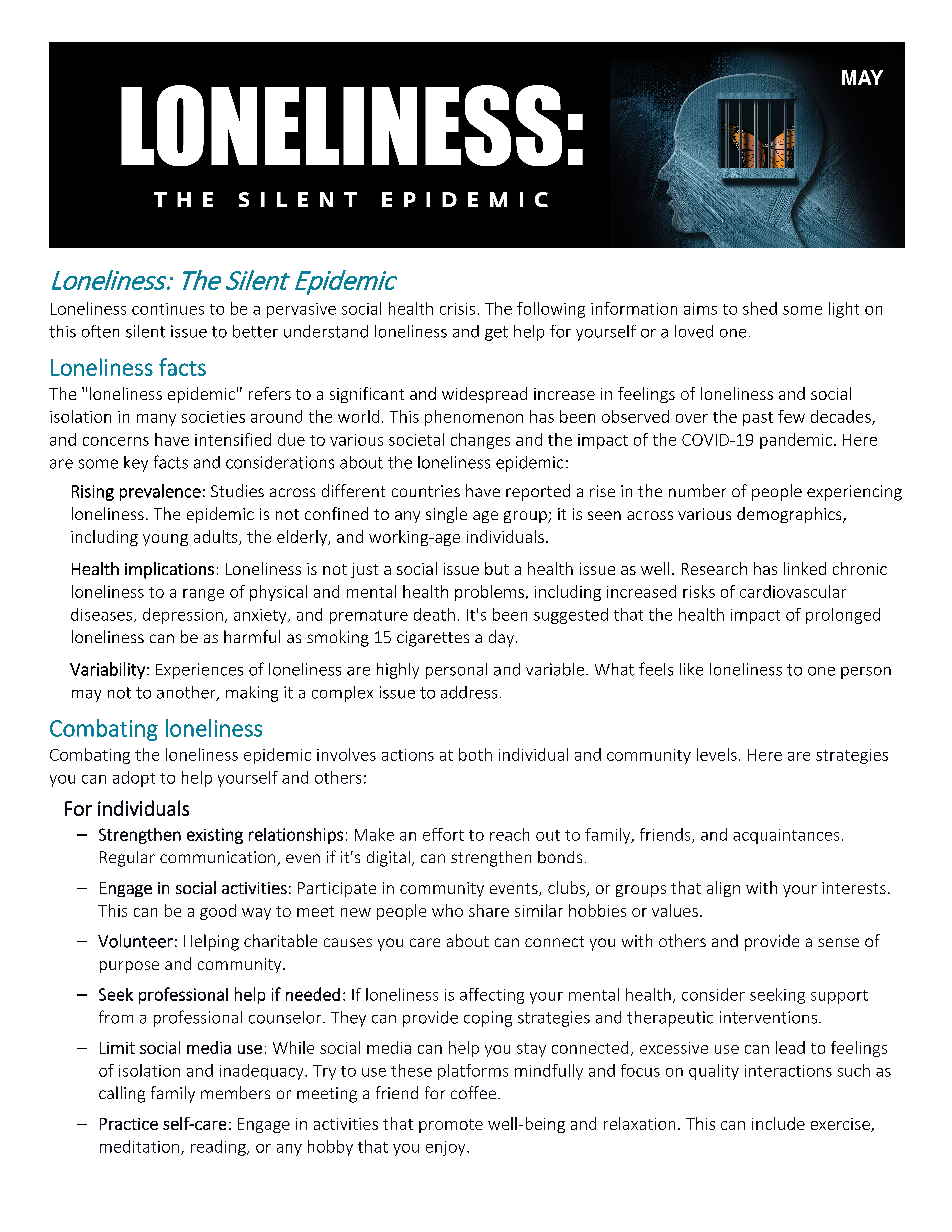
|
Creative Expression as a Mental Health Tool Engaging in creative expression — art, writing, music, or other forms — provides a profound yet accessible way to enhance emotional well-being. Channeling thoughts and feelings into creative work can help process emotions, reduce stress, foster resilience, and experience a sense of fulfillment. Why Creativity Matters for Mental Health Studies have shown that engaging in creative activities can:
Creative Expression in Action Art as therapy Painting, drawing, or sculpting are excellent ways to channel emotions. For some, creating art — free from the pressure of perfection — provides a space to explore feelings that might be difficult to verbalize. Writing Journaling, storytelling, or poetry writing can be transformative. The act of putting pen to paper (or fingers to keyboard) can help untangle thoughts and identify emotional and behavioral patterns. Music and movement Playing an instrument, singing, or even dancing can relieve tension, engage the body, and uplift the spirit. Group activities Sharing ideas and innovations with others fosters connection and builds community, and joining a creative workshop or collaborative project, like volunteering, can increase feelings of belonging. Starting Your Creative Journey You don’t need to be a skilled artist or trained musician to benefit from creative expression. Here are a few steps to get started:
|
|
Remember that creative expression is an act of self-care. As you explore your creative side, you may find that it becomes a cherished tool for maintaining good mental health. |
Download the Campaign
|
If you would like more ideas or need help finding creative outlets in your community, let us help! Your Employee Assistance and WorkLife Programs are available 24/7 to offer personalized guidance, resources, and much more. Counselors are available 24/7 to listen, offer guidance, provide personalized resources, and much more. 24 HOURS A DAY
The Employee Assistance Program is a voluntary and confidential employee benefit available to eligible federal employees at no cost. |





